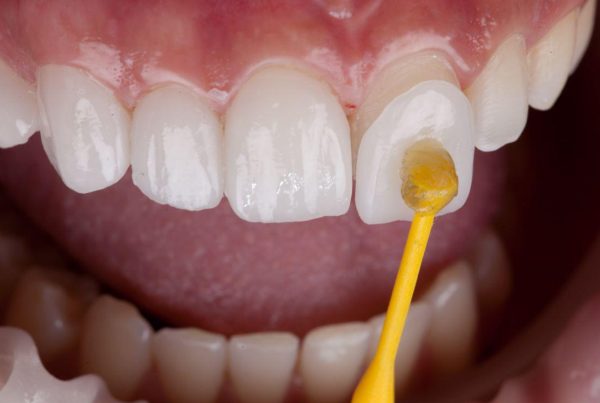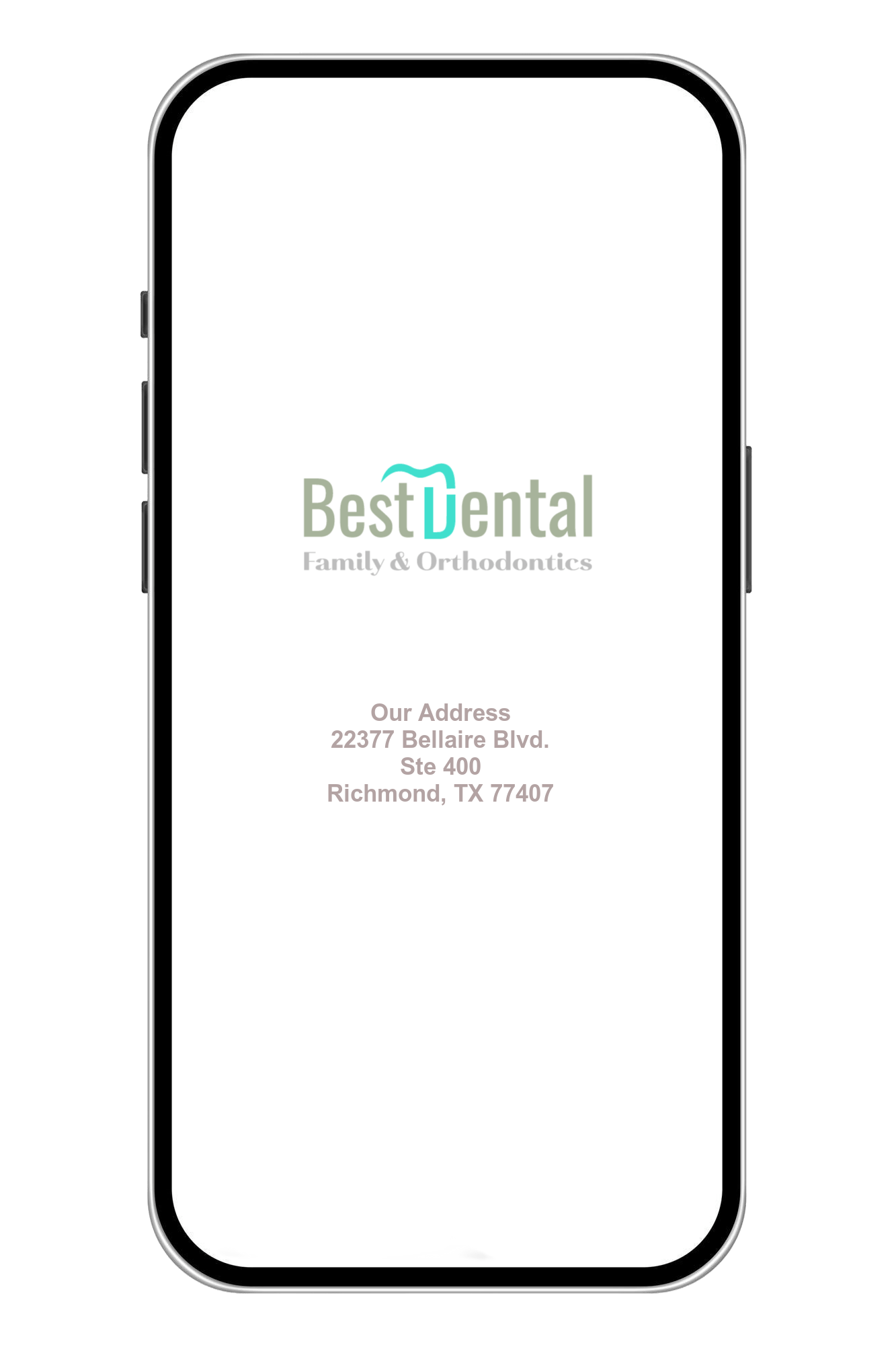How Safe Is Gum Contouring?
Gum contouring, a cosmetic dental procedure aimed at reshaping and restructuring the gum line, has gained popularity as a safe and effective solution for individuals seeking to improve the aesthetics of their smiles. Also known as gum reshaping or tissue sculpting, this minimally invasive technique involves the removal of excess gum tissue to create a more balanced and symmetrical appearance. While primarily pursued for cosmetic reasons, it can also serve as a necessary treatment for individuals with periodontal issues or those desiring to address functional concerns, such as excessive gum tissue interfering with dental restorations. With advancements in dental technology and skilled professionals adhering to stringent safety protocols, gum contouring has become a reliable and low-risk procedure, contributing significantly to the enhancement of overall dental aesthetics and patient satisfaction.

What are the potential risks and complications associated with gum contouring?
While gum contouring is generally considered a safe procedure, there are potential risks and complications that patients should be aware of. These can include temporary discomfort, swelling, or mild pain in the treated area following the procedure. Additionally, there is a slight risk of infection if proper post-operative care is not followed diligently. Over-removal of gum tissue can lead to increased tooth sensitivity or even gum recession, which may require further treatment. In rare cases, nerve damage can occur, resulting in altered sensation in the gums or teeth. Therefore, it is crucial for patients to discuss these potential risks with their dentist or periodontist before undergoing the procedure and to adhere strictly to the post-operative instructions provided for optimal recovery and to minimize the likelihood of complications.
What pre-operative assessments are conducted to determine the suitability of a patient for gum contouring, and are there any specific conditions that might make the procedure riskier for certain individuals?
Before undergoing gum contouring, dentists or periodontists typically conduct thorough pre-operative assessments to evaluate the patient’s oral health and determine their suitability for the procedure. This assessment may include a comprehensive examination of the gums, teeth, and overall oral hygiene, along with X-rays to assess the underlying bone structure. Dentists also consider factors such as the extent of gum tissue to be removed, the patient’s dental history, any pre-existing periodontal conditions, and the overall health of the patient. Patients with certain medical conditions, such as diabetes or immune system disorders, may be at a higher risk of complications and require special consideration. Additionally, individuals with significant gum disease or those taking specific medications that affect oral health may not be ideal candidates for gum contouring. Clear communication between the patient and the dental professional is crucial in determining the suitability of the procedure and ensuring the best possible outcomes.


What post-operative care and instructions are provided to patients to minimize the risk of complications and ensure proper healing?
After undergoing gum contouring, patients receive detailed post-operative care instructions to promote proper healing and reduce the risk of complications. These instructions often include guidelines on managing discomfort or pain, which may involve the use of over-the-counter pain relievers as recommended by the dentist. Patients are advised to follow a soft diet for a few days to prevent irritation of the treated area. Additionally, maintaining good oral hygiene through gentle brushing and using a prescribed mouth rinse can help prevent infections. Patients are instructed to avoid strenuous physical activities that could potentially disrupt the healing process. Regular follow-up appointments are usually scheduled to monitor the healing progress and address any concerns or complications that may arise. Adherence to these post-operative instructions is critical to ensure optimal healing and minimize the risk of potential complications.
What are the long-term implications of gum contouring, and how does it affect oral health and overall dental aesthetics?
Gum contouring can have several long-term implications for oral health and dental aesthetics. By reshaping and repositioning the gum line, the procedure can enhance the appearance of the teeth, creating a more balanced and symmetrical smile. It can also help improve oral hygiene by reducing the areas where bacteria and plaque can accumulate, thus decreasing the risk of periodontal disease. Properly contoured gums can contribute to better dental health, as they allow for more effective brushing and flossing, leading to healthier teeth and gums in the long run. However, it is crucial for patients to maintain good oral hygiene practices and attend regular dental check-ups to ensure that the results of the procedure are sustained over time. Additionally, maintaining a healthy lifestyle and following the dentist’s recommendations can further contribute to the long-term success of the gum contouring procedure.


How often is follow-up care recommended after the gum contouring procedure, and what does it entail?
After undergoing gum contouring, follow-up care is typically recommended to monitor the healing process and ensure that the results are satisfactory. The specific frequency of follow-up appointments can vary depending on individual healing rates and the complexity of the procedure. Generally, patients are advised to schedule a follow-up appointment within the first week after the procedure to assess initial healing and address any immediate concerns or complications. Subsequent follow-up appointments may be recommended at intervals of several weeks to a few months to evaluate the long-term stability of the gum line and overall oral health. During these appointments, the dentist or periodontist will examine the treated area, assess the healing progress, and provide further guidance on oral hygiene practices and any necessary lifestyle adjustments to maintain the results of the procedure. Any issues or complications that arise during the healing process can be promptly addressed during these follow-up visits, ensuring optimal long-term outcomes.



